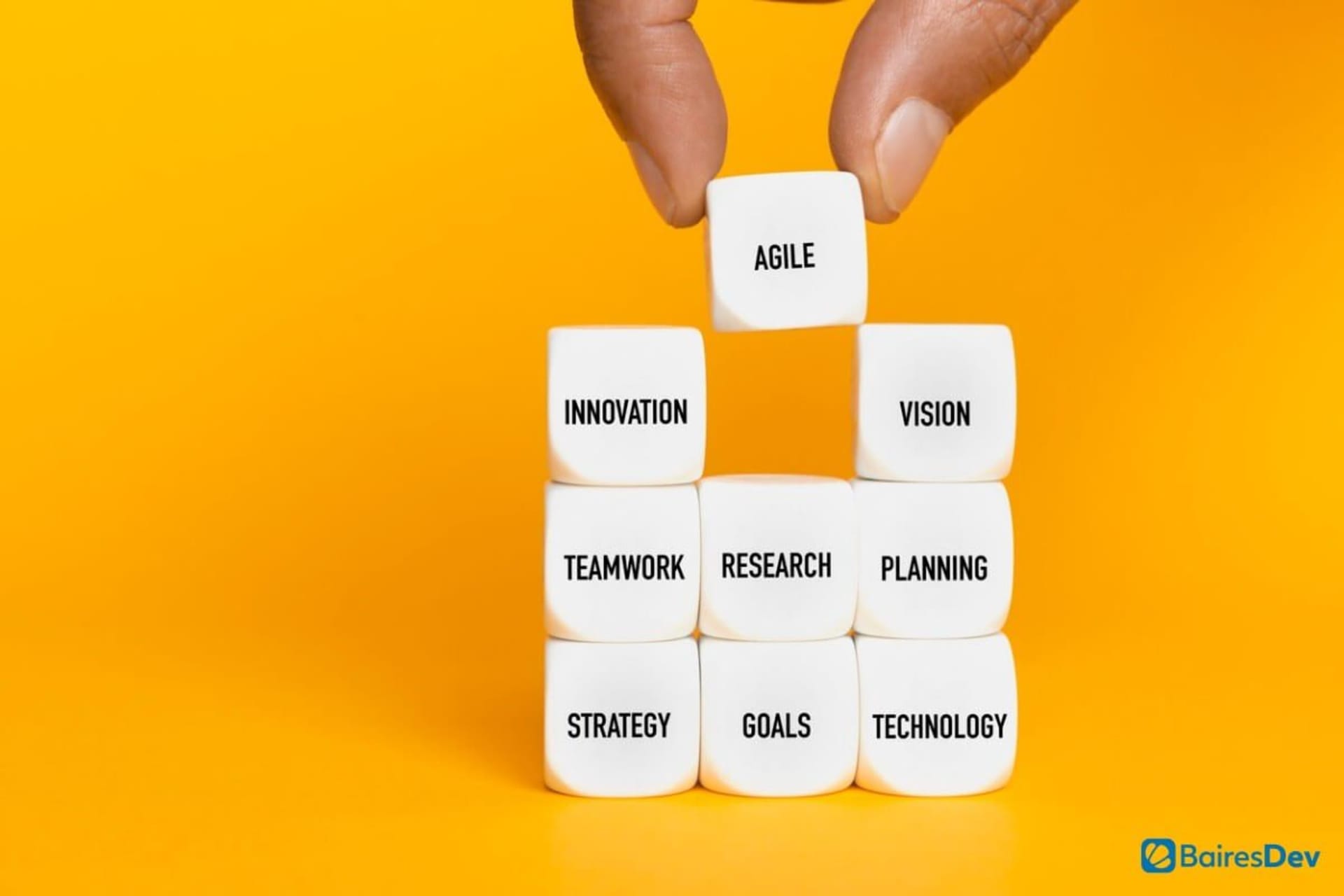In today’s highly competitive business landscape, organizations must optimize their decision-making processes to stay ahead. How do they increase efficiency, decrease redundancy, operate from a common set of facts, and stand out within their markets?
The answer is reliable data. This is an increasingly important tool for making informed business decisions, ones that don’t rely on unreliable intuition or guesswork.
Today, there are numerous ways to collect, analyze, and use data. But sometimes that choice can be a hindrance, such as when different sources deliver conflicting information, or when too many options make searching for the right pieces cumbersome.
Data fabric resolves these issues by integrating all your data resources and connections within your business. It also helps you identify relationships among data, allowing you to use it more effectively.
Here, we’ll explore what data fabric is and how it helps organizations retrieve the data they need to make important business decisions.
1. Data Fabric Combines Other Technologies
A data fabric integrates a wide variety of data sources, including cloud data, data warehouses, data lakes, web services, and more. It also includes architecture, data management, and integration software. The outputs for a data fabric include business intelligence, self-service analytics, data science, and transactional applications. In delivering data, a data fabric should match other delivery methods, including data virtualization, messaging, streaming, replication, and ETL.
Additionally, data fabric analyzes and leverages metadata, and makes it understandable in the context of the entire architecture.
According to Gartner, data fabric should make use of metadata metrics to inform artificial intelligence and machine learning algorithms that improve and offer more sophisticated, informed predictions over time.
2. Data Fabric Gives Teams Access to Information
Traditional data integration is no longer keeping up with current and future data demands because it is inaccessible or scattered across various repositories. To meet those demands, data must be seamlessly combined with other sources, curated to deliver the best results, and made accessible to users throughout the enterprise, even across multiple locations.
Ideally, a data fabric will give professionals across teams access to the right data at the right time. Unlike with siloed data sources, data delivery can happen quickly, giving company leaders the information they need to make essential decisions.
3. Data Fabric Connects Disparate Data Environments
Data fabric leverages continuous analytics across different platforms. In addition to cloud assets, data sources can include local databases, social media, and IoT devices. Not only does it connect data, but it also creates new relationships between data sources.
That means decision-makers are getting access to helpful information, as well as more innovative ways of viewing it than human attention alone or traditional data practices may have uncovered. For example, a manufacturer using a data fabric may be able to reveal new relationships between raw material providers and delays in the manufacturing process.
4. Data Fabric Builds on Data Lakes and Data Warehouses
Data lakes (which store structured or unstructured data in raw form) and data warehouses (which store structured data that has been cleaned and organized for analysis) provide a good starting point for data distribution.
The next step for building a data fabric is to perform data analysis in real-time, making those sources even more usable and efficient, leading to much faster results and, therefore, an ability to act more quickly.
5. Data Fabric Saves Time
Data fabric saves time for enterprise professionals in several ways. By managing access to complex datasets, it supports faster data delivery, enabling team members to get useful responses to queries more quickly. For example, by implementing a data fabric platform, some companies are able to perform tasks in minutes that formerly took weeks to execute. As a result of spending less time waiting for processes to complete, professionals can devote more to complex tasks. And real-time dashboards can keep users informed of important developments.
Additionally, because a data fabric has the capacity to create new relationships between different sets of information, it has the capability to increase efficiency over time.
Making the Case for Data Fabric
The first step to building a data fabric is understanding what types of data professionals need, why they need it, what they hope to do with it, and where it can be found. This information is the foundation of a data fabric that suits the needs of each organization’s decision-makers.
While a data fabric might be just what company leaders need, CIOs and other technical team members may have an uphill battle when trying to convince them of its usefulness.
Company leaders will likely also be interested in the strong enterprise benefits of data fabric in addition to data access, visibility, and insights, including data flexibility, protection, and security. All these benefits lead to greater data (and business) agility and control. Is it time to leverage data fabric in your organization?







